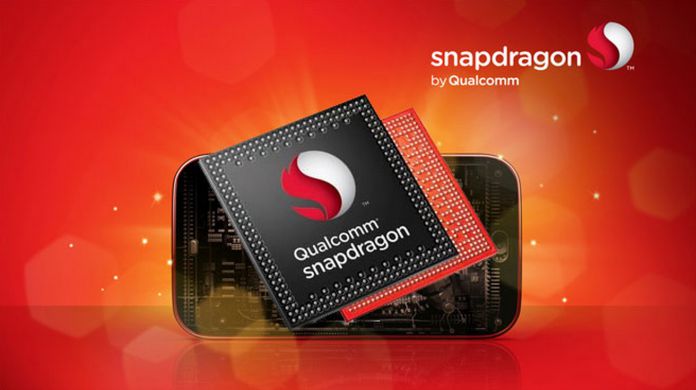We have previously reported on the potential of Snapdragon 850 to solve a problem for Microsoft. Currently, Qualcomm uses its mobile flagship processors for Always Connected PCs. The first generation of Windows 10 on ARM devices have been available since the start of the year. Unfortunately, reviews for Always Connected PCs have not been kind. Much of the problem lies with the Snapdragon 835, a chipset designed for mobile phones, not for laptops. Now Qualcomm is fully into laptops, the company needs a chip that delivers the best of mobile with laptop power. Creating an exclusive processor like a Snapdragon 850 would solve that issue for Qualcomm. It would also mean Always Connected PCs could stay relevant with generations lasting longer. In other words, Qualcomm would not upgrade the exclusive Windows 10 on ARM processor as often as its smartphone CPUs. However, the early benchmarks are not pointing to such a big change. A test posted on Geekbench shows a laptop running the Snapdragon 850 scored 2263 on a single core test. This is a solid 25 per cent improvement on the Snapdragon 835, but on a multi-core test the score was 6947, a less impressive 7.3 percent improvement.
Important?
The question here is whether this first benchmark is significant? Firstly, it is worth remembering this is just a test. Benchmarks are excellent for showing the capabilities of hardware, but real world performance is often different. Of course, this is also only one test so it is hardly definitive. Still, it is certainly not a good start for Qualcomm’s upcoming flagship processor.




